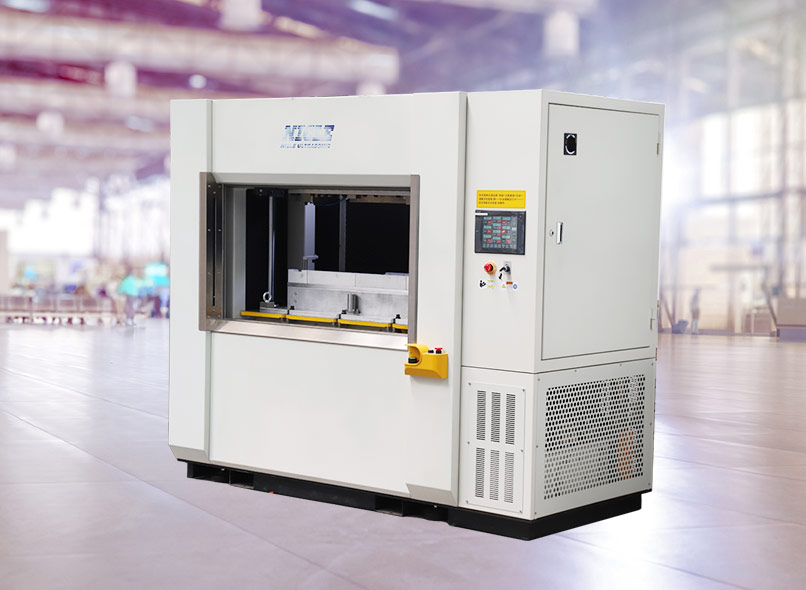What is hot plate welding of plastic parts?

Hot plate welding is a widely used method for joining plastic parts together. It involves heating a metal plate and applying pressure to the parts to be welded. The heat from the plate melts the plastic surfaces, allowing them to fuse together when the pressure is released. This process creates a strong and durable bond between the parts.
Hot plate welding offers several advantages over other plastic welding techniques. Firstly, it is suitable for joining large or irregularly shaped parts that may be difficult to weld using other methods. The heating element can be designed to match the shape of the parts, ensuring uniform heating and consistent weld quality. This makes hot plate welding a versatile solution for diverse applications.
Secondly, hot plate welding is highly versatile and can be used with a wide range of plastic materials. Whether it is polyethylene, polypropylene, PVC, or ABS, hot plate welding can effectively join these materials together. This versatility makes it a popular choice in various industries, including automotive, electronics, packaging, and medical. The ability to weld different types of plastics expands the possibilities for manufacturers and allows them to create complex assemblies.
Furthermore, hot plate welding produces clean and aesthetically pleasing welds. The heat from the metal plate creates a smooth and uniform bond between the parts, eliminating the need for additional finishing or post-welding processes. This not only saves time and costs but also ensures a visually appealing final product. The clean appearance of hot plate welds enhances the overall quality and perceived value of the plastic parts.
Despite its many advantages, hot plate welding does have some limitations. It may not be suitable for thermally sensitive plastics that could degrade or change properties when exposed to high temperatures. Additionally, the process requires precise control of the heating and cooling cycles to avoid overheating or insufficient fusion. Manufacturers must carefully consider the material properties and design requirements before opting for hot plate welding.
In recent years, there have been significant advancements in hot plate welding technology. These developments have improved the process's efficiency, reliability, and versatility. For example, the integration of temperature sensors and feedback control systems allows for more precise temperature regulation, ensuring consistent and optimal welding conditions. Additionally, the use of advanced materials for the heating element, such as ceramic composites, has enhanced heat transfer efficiency and durability.
Furthermore, automation and robotics have been integrated into hot plate welding systems, enabling high-speed and consistent weld production. This not only increases productivity but also reduces human error and ensures repeatability. The combination of improved technology and automation has made hot plate welding an even more attractive option for manufacturers seeking efficient and high-quality plastic joining solutions.
In addition to its technical advancements, hot plate welding also contributes to sustainability efforts. By creating strong and durable bonds between plastic parts, it reduces the need for additional fasteners or adhesives that can contribute to waste and environmental impact. The process also minimizes the risk of material failure or separation over time, extending the lifespan of the assembled products.
In conclusion, hot plate welding is a reliable and efficient method for joining plastic parts. Its ability to create strong bonds, work with various plastic materials, and produce aesthetically pleasing welds makes it a valuable technique in various industries. Continuous advancements in hot plate welding technology further enhance its performance and expand its applications in the ever-evolving field of plastic fabrication. Manufacturers can leverage these advancements to achieve superior quality, increased productivity, and cost-effectiveness in their production processes, while also contributing to sustainable manufacturing practices.
See more:





